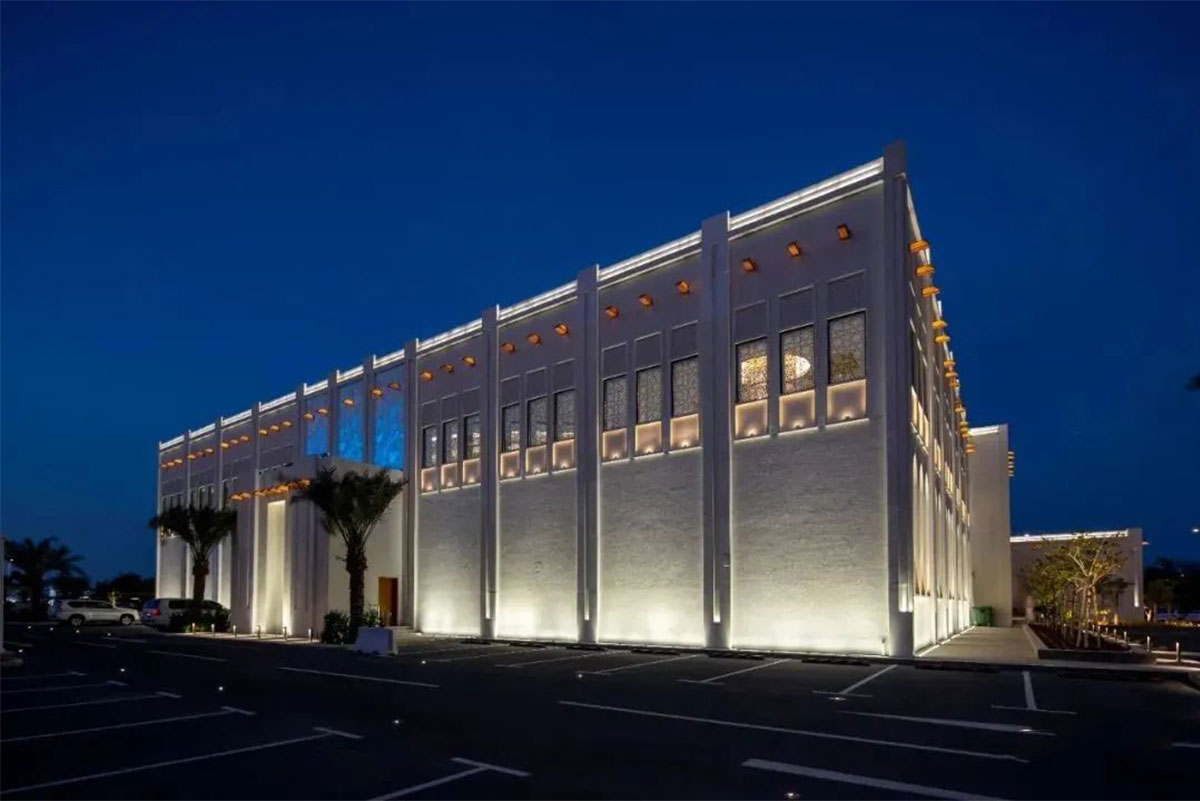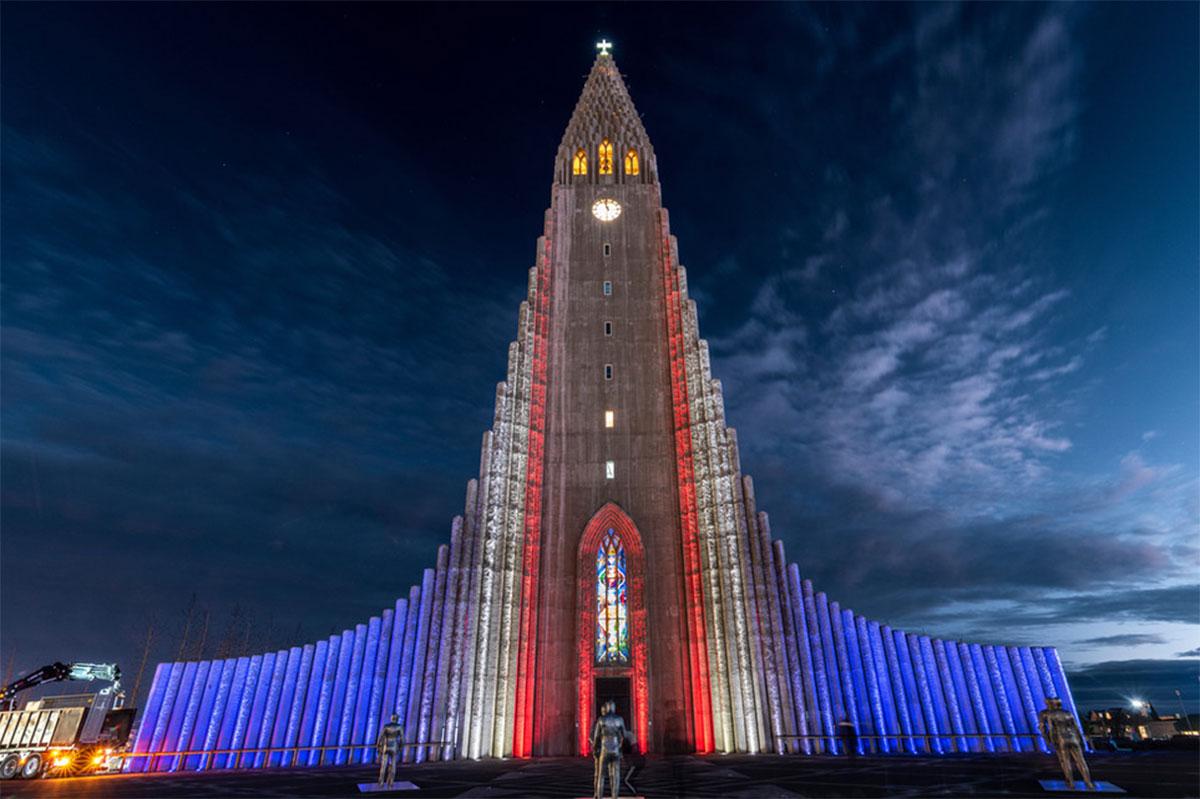What is Anti-Glare Light and How it Works
Anti-glare light is a fixture that can minimize glare in settings with harsh reflection and high brightness levels. In general, excessive glare can cause vision problems and discomfort. This article covers the application and definition of anti-glare light.
1. What is Anti-Glare Light?
Anti-glare light is a lighting fixture that mitigates harsh reflections and is high in brightness to reduce eye strain. But how does anti-glare light work? Overall, this light redirects or diffuses excessive light to reduce the brightness intensity. You can attain anti-glare light using directional adjustments, diffusers, or special coatings.
It uses specialized technology, such as coatings, lenses, and diffusers, to scatter light and reduce brightness intensity. Thus, this technology is critical for enhancing clarity and visual comfort. It is common in classrooms and offices where eye strain is a challenge.
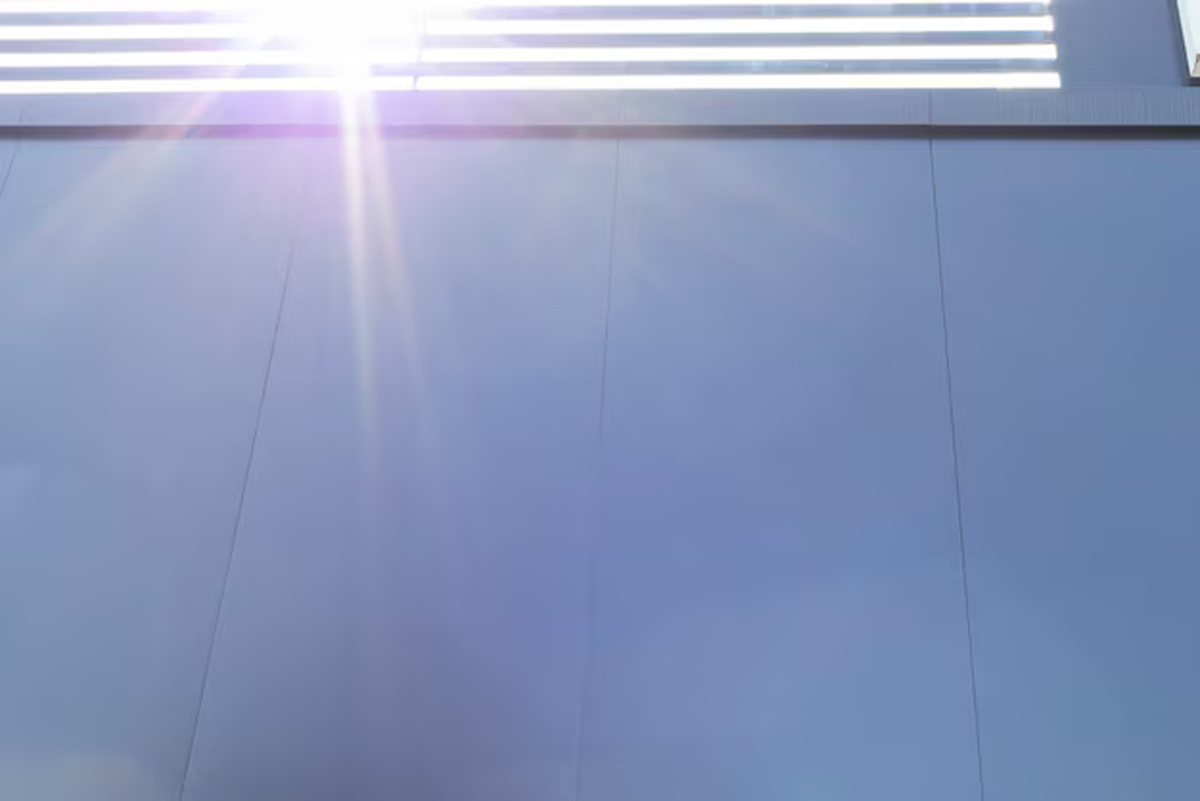
2. The Importance of Anti-Glare Light
Anti-glare light enhances visual clarity and comfort by reducing harsh reflections and high brightness. Glare can impair and strain eyes, especially in applications such as offices. This section covers why you need anti-glare light.
2.1) Energy Efficiency
Since it minimizes excessive lighting, the anti-glare tech optimizes energy usage. It is a critical lighting tech for ensuring directed light by reducing unnecessary brightness and wasted reflections. In other words, the anti-glare light tech contributes to sustainability by lowering operational costs and energy usage.
2.2) Reduces Eye Strain
Eye strain is a common condition involving fatigue and discomfort caused by exposure to glare and prolonged digital screen use. Typical symptoms include blurred vision, headaches, irritation, and dryness. Research indicates that 50-90% of computer users grapple with eye strain.
2.3) Improved Safety
Anti-glare light can be a strategic approach to minimizing distraction, enhancing visibility, and reducing accidents. Overall, glare can impair vision in outdoor settings such as walkways and roads. Therefore, you must install anti-glare techs to boost obstacle detection.
2.4) Enhance Visibility
Research indicates that anti-glare light can boost productivity by about 12%. Meanwhile, glare-related incidents result in numerous traffic accidents yearly. Anti-glare tech can increase accuracy and reduce errors by up to 30%. Studies insist that the tech is critical in offices to reduce eye fatigue and boost visual comfort.
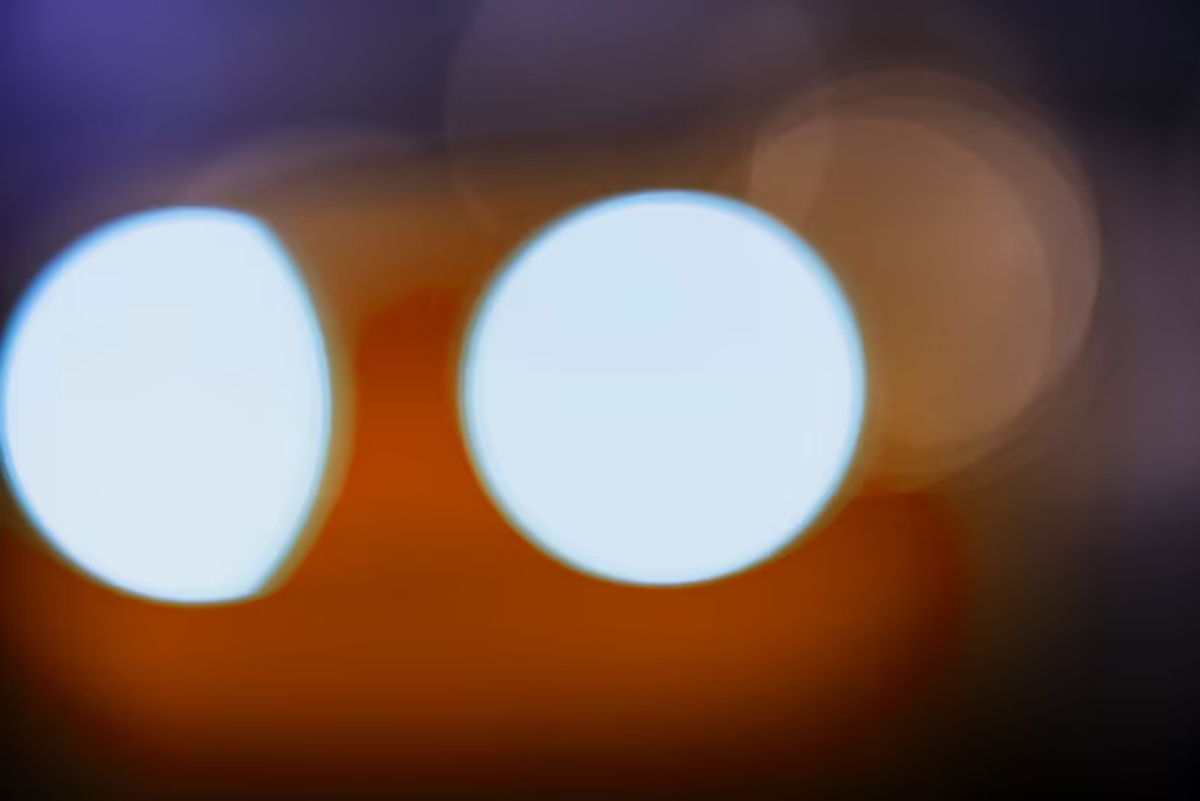
3. Tips for Reducing Light Glare
How can you reduce light glare? Techniques such as blinds and shades can help control light glare. It would also help if you used lights with anti-glare coatings and matte finishes. This section provides tips for reducing light glare.
3.1) Anti-Glare Light Products
In simple words, products like LED desk lamps feature adjustable direction and brightness to minimize glare. Pendant lights also feature frosted glass shades, enabling anti-glare lighting in living rooms. Other products include diffusers and matte finishes.
3.2) Install Filters
Anti-glare light filters can reduce excessive brightness and boost visual comfort. Since 70% of American adults face eye strain issues, anti-glare light is critical for relieving discomfort and other symptoms. Proper glare management improves productivity.
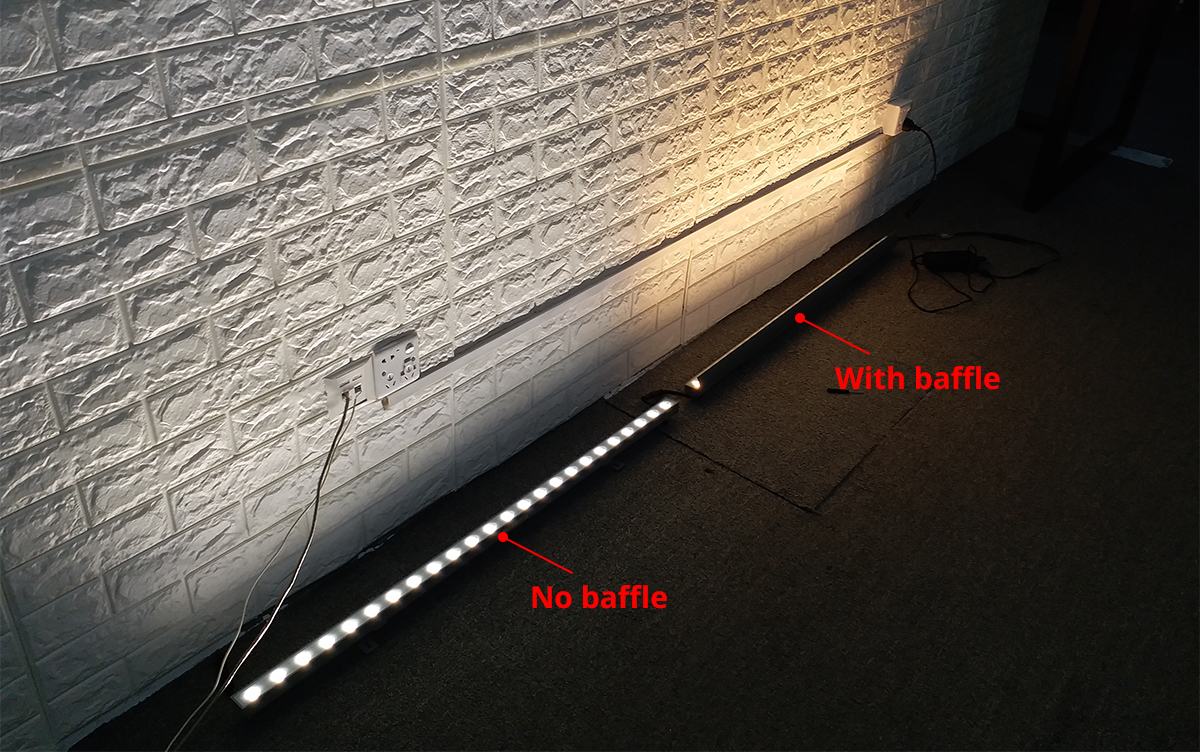
3.3) Louvers
Louvers are an architectural feature that has angled blades to control light intensity and direction. Therefore, it reduces glare in applications such as skylights and windows. In simple words, these blades deflect direct sunlight to reduce glare in offices.
3.4) Lens Covers
These protective accessories shield optical devices from damage while enabling light distribution. Lens covers are available in different polycarbonate, glass, or plastic formats. In any case, they can enhance safety, diffuse light, and reduce glare.
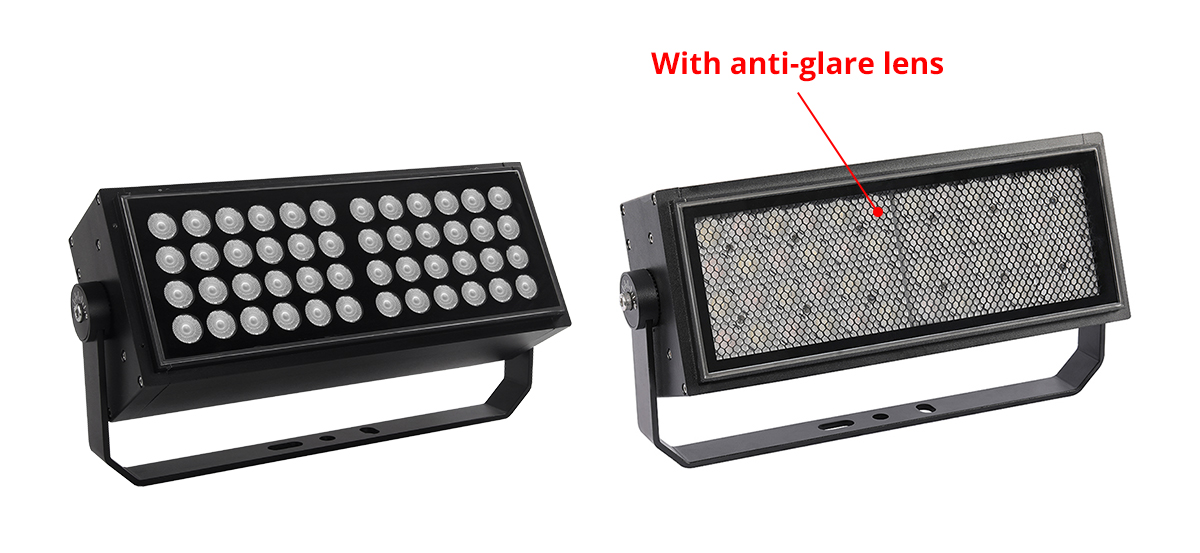
3.5) Color Temperature
Color temperature is the light hue determining whether a light source appears cool, neutral, or warm. Higher color temperature light produces bluish, cool illumination that resembles daylight. Meanwhile, lower color temperature light emits yellowish, warm illumination that resembles incandescent bulbs or candlelight.
3.6) Install Dimmers
Dimmers can be a strategic feature that provides control and flexibility over light ambiance. In other words, they enable you to increase or decrease light output intensity through customized lighting for diverse uses. Installing dimmers can help you attain lower lighting levels that prolong fixture durability and reduce energy consumption.
4. Types of Anti-Glare Light
Anti-glare light comes in different types to suit diverse settings. For instance, it can feature direction adjustments and specialized bulb coatings. Understanding the typical types of anti-glare light is essential to attaining customizable applications.
4.1) Task Lighting
These fixtures provide focused illumination in typing, writing, and reading settings. They include pendant lights, under-cabinet lights, and desk lamps. You must place it exactly where you require light to reduce eye strain and enhance visibility.
4.2) Adjustable Lights
Adjustable lights suit diverse uses because they allow you to customize the light intensity, angle, and direction. They can feature a flexible stem, adjustable arms, and movable heads to control the light focus. Examples are floor lamps, wall sconces, and track lights.
4.3) LED Anti-Glare Light
LED anti-glare light features special coatings, lenses, and diffusers to distribute light and reduce glare. The anti-glare feature is critical for LED key features like flicker-free illumination, long lifespan, and energy efficiency. It suits outdoor lighting.
5. Applications of Anti-Glare Light
Anti-glare light suits diverse settings since it provides optimal visibility and reduces eye strain. They can be a strategic installation to enhance office productivity through task lighting. Overall, this section covers the typical anti-glare applications.
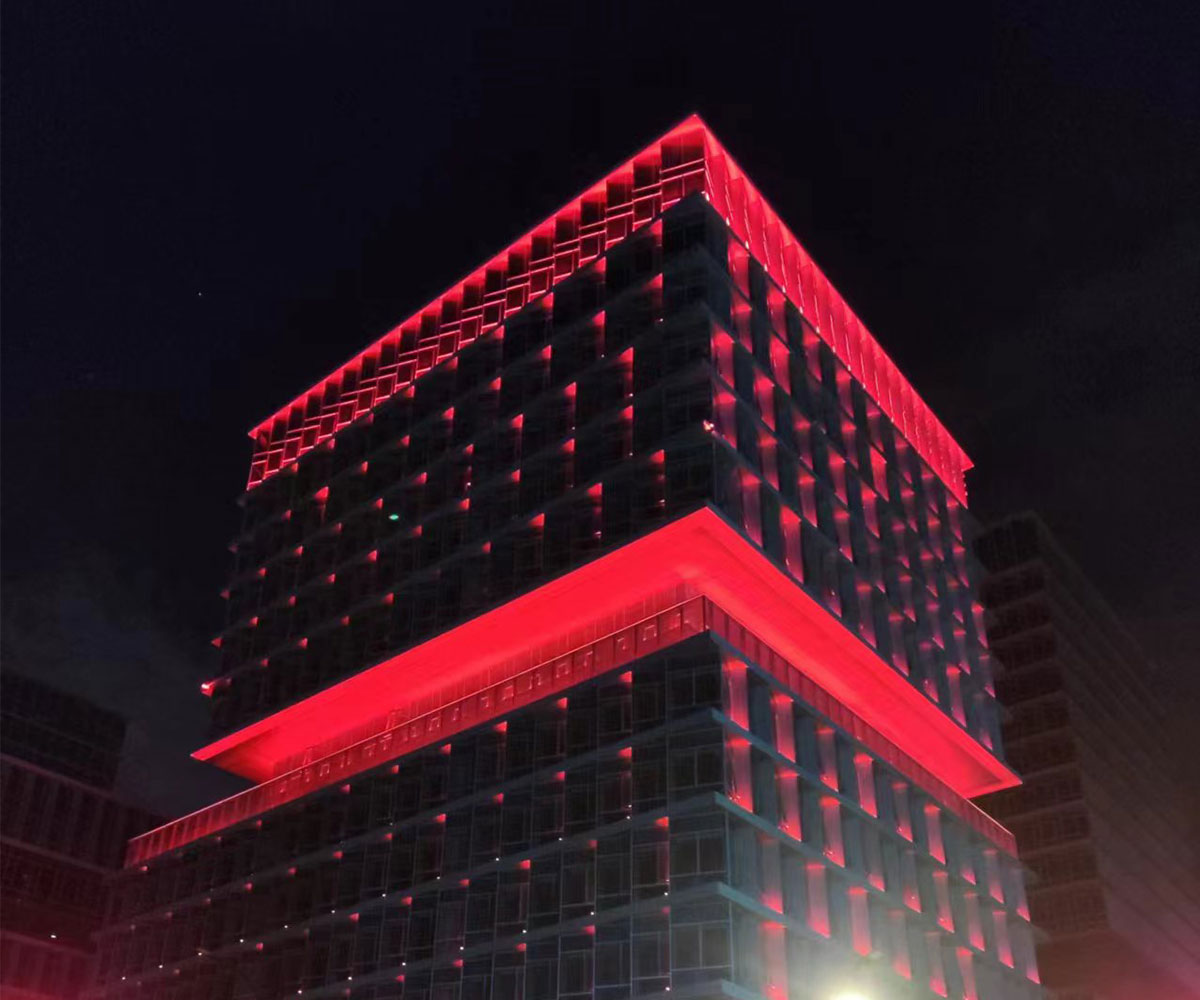
5.1) Automotive Lighting
Anti-glare lights are critical for vehicle interior lights, fog lights, turn signals, brake lights, taillights, and headlights. Simply put, they enhance road safety through improved visibility and offer energy efficiency.
5.2) Offices & Commercial Spaces
Anti-glare light promotes safety, comfort, and productivity in commercial and office spaces. Thus, it creates a visually comfortable space for better focus and concentration on tasks. Overall, it contributes to well-being and sustainability.
5.3) Residential Lights
Overhead lights like table lamps produce anti-glare light that ensures visually appealing spaces. These lights create inviting residential spaces, promote relaxation, and enhance visual comfort. In other words, they suit diverse activities for residential use.
6. Conclusion
Anti-glare light is critical for enhancing visibility and reducing eye strain in classrooms, offices, and residential spaces. However, you must select the right fixture to attain favorable results and ensure proper installation. Quality adjustable lighting features, coatings, and specialized fixtures can help you achieve the ultimate results.
7. Discover Reliable Anti-Glare Lighting with LNJAMI Today!
Are you ready to skyrocket your productivity through visual comfort and visibility? LNJAMI is here to help you leverage anti-glare light in commercial spaces, residential areas, and outdoor buildings. We offer high-quality lighting fixtures that are energy-efficient and durable. To learn more about our services, visit our website today!





